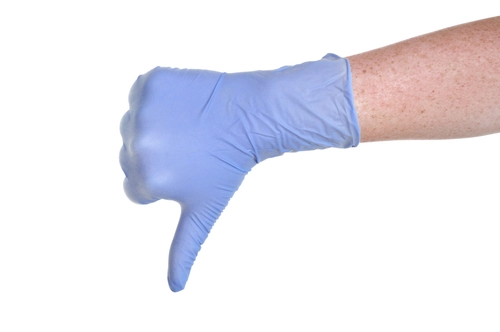Assigning the Wrong E/M Code to Your Claims? You're Not Alone, CMS Says

Joint replacements, pacemakers also log high error rates.
Would your practice be comfortable with a 9.2 percent error rate? Probably not--and neither is CMS. In its latest Comprehensive Error Rate Testing (CERT) results, CMS reveals that $7.8 billion was improperly paid in 2011, resulting in a 9.2 percent Part B error rate.
Of the claims paid in error, CMS identified that the vast majority of overpayments to Part B practices were overpayments, and less than $1 billion were in underpayments. If you received an overpayment, chances are that your MAC will be asking for money back--if it hasn't already. And if you were among those who underbilled your MAC, you deserve to go after your remaining money.
E/M Services Once Again Account for Major Issues
CMS found that E/M services were 50 percent more likely to contain errors than other Part B services, and accounted for over 12 percent of all Medicare errors during 2011. Incorrect coding was the most common error found, with providers frequently selecting the wrong E/M code for their claims. The next most common error involved insufficient documentation for E/M services billed.
Supplies were also found to be frequently billed in error, and not all of the problems were attributed to DME supply companies--physician documentation was also at issue. For instance, CMS found a startling 84.1 percent error rate for glucose monitoring supplies, and most of the improper payments in this category had to do with insufficient documentation to support medical necessity.
In some cases, the physician's order failed to note the number of times per day that the patient should test his glucose level, or the doctor did not document the diabetic condition and the need for glucose monitoring at the billed frequency.
Physicians were again at fault when it came to inappropriate nebulizer orders, which had a 57.4 percent error rate. The treating physician must write an order specifying the type of solution that should be used with the nebulizer and the prescribed frequency. In many cases, CMS was not able to find that documentation.
Joint Replacements, Pacemaker Procedures Racked up Errors
In addition to E/M issues, CMS also identified specific procedures that showed high error rates. For instance, the agency assigned an 11.5 percent improper payment rate to joint replacement procedures, resulting in over $680 million in inappropriate payments for this service.
All of the joint replacement errors were chalked up to medical necessity issues, "meaning that the records submitted did not support the major joint replacement was reasonable and necessary," CMS states in the CERT report. The most common information missing from the records were the preoperative condition of the joint issue and the history of nonsurgical therapies that were attempted to treat the ailment.
Example: CMS offers the following example of inadequate joint replacement documentation: "Conservative treatments failed, planned hip replacement." Because this statement does not include documentation of the patient's signs and symptoms, preoperative course of care, physical exam findings, or imaging results, it is counted as an improper payment.
Pacemaker procedures were found to have an even higher improper payment rate, logging at 37 percent. All of the improper payments stemmed from medical necessity errors. For instance, a physician inserted a dual-chamber pacemaker even though the patient only required a single-chamber pacemaker.
To read the complete CERT report, visit www.cms.gov/Research-Statistics-Data-and-Systems/Monitoring-Programs/CERT/Downloads/MedicareFFS2011CERTReport.pdf.

